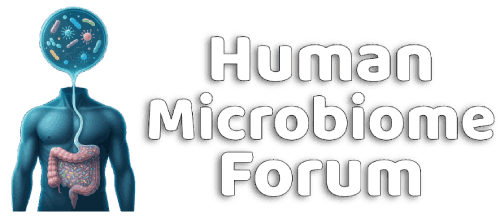Michael Harrop
Well-known member
https://www.cell.com/neuron/fulltext/S0896-6273(25)00252-1
Highlights
• Transplanting gut microbiota from women with fibromyalgia into mice induces pain
• It also induces immune activation, metabolomic changes, and reduced skin innervation
• Gut microbiota promotes pain through several mechanisms
Summary
Fibromyalgia is a prevalent syndrome characterized by widespread pain in the absence of evident tissue injury or pathology, making it one of the most mysterious chronic pain conditions. The composition of the gut microbiota in individuals with fibromyalgia differs from that of healthy controls, but its functional role in the syndrome is unknown.
Here, we show that fecal microbiota transplantation from fibromyalgia patients, but not from healthy controls, into germ-free mice induces pain and numerous molecular phenotypes that parallel known changes in fibromyalgia patients, including immune activation and metabolomic profile alterations. Replacing the fibromyalgia microbiota with a healthy microbiota substantially alleviated pain in mice.
An open-label trial in women with fibromyalgia (Registry MOH_2021-11-04_010374) showed that transplantation of a healthy microbiota is associated with reduced pain and improved quality of life. We conclude that altered gut microbiota has a role in fibromyalgia pain, highlighting it as a promising target for therapeutic interventions.
Building on our findings in mice, we conducted an open-label pilot study to investigate the effects of FMT from healthy female donors on FM symptoms in women. Fourteen women with severe, refractory FM were enrolled.
Following depletion of the endogenous microbial communities using antibiotics and bowel cleansing, patients received five FMTs, once every 2 weeks, via oral administration of encapsulated transplants from healthy donor (age 34.7 ± 14.2 years; treatment regimen is described in STAR Methods and shown in Figure 6A; laboratory tests for donor screening are shown in Figure S16A). Of the 14 participants, 11 completed all five FMT doses, while all 14 were followed up and included in the analyses (Figure 6B).
Assessment of stool samples pre- and post-FMT, as well as donors’ stool and FMT capsules, revealed effective bacterial engraftment among FMT-recipient patients.
Post-FMT, patients' microbiomes clustered more closely with their respective donors, resulting in three distinct clusters corresponding to the three donors.
post-treatment samples from FMT-recipient patients clustered with their respective donors 4 and 9 weeks after treatment induction, indicating effective engraftment
adverse effects mainly included increased fatigue and mild gastrointestinal symptoms
1 week after the last FMT, pain intensity decreased by ≥2 points (out of 10, using pain numerical rating scale) in 12 of the 14 participants
Overall, the symptomatic burden decreased, and anxiety, depression, sleep quality, and physical quality-of-life scores improved
- Format correct?
- Yes
